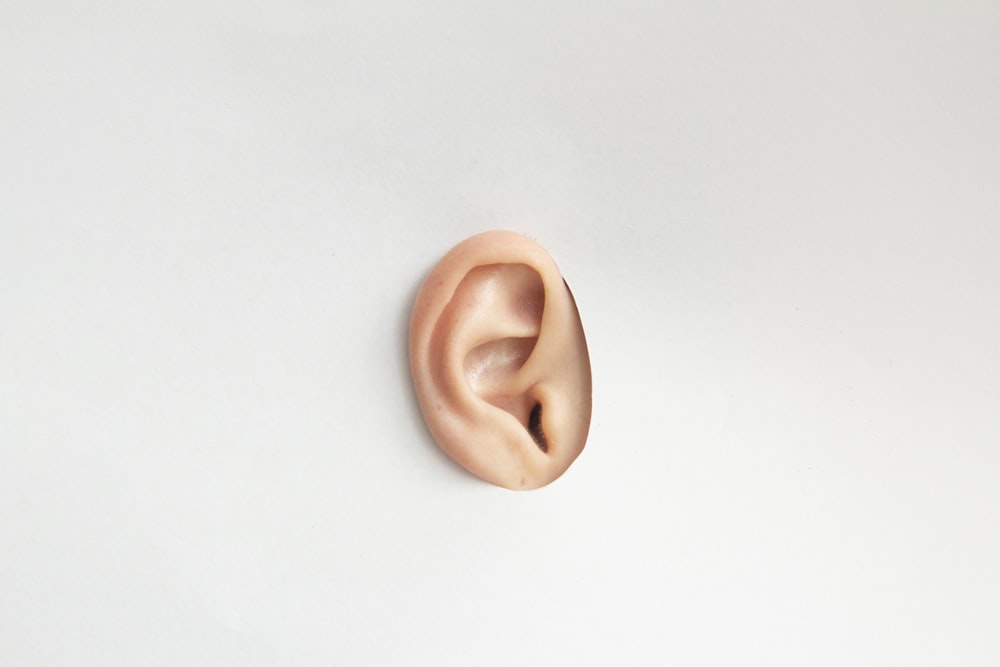目次
聴力低下って運動機能と関連があるのか?
理学療法士・作業療法士がリハビリテーションを提供する際にクライアントの難聴が問題となることは少なくないと思います.
また難聴を合併している場合には,同室者との会話が困難であったり,社会的交流を図ることが難しい方も多いといった特徴があると思います.
理学療法士・作業療法士であれば聴力低下と運動機能との関連性って気になりますよね?
今回は聴力低下が運動機能と関連するのかどうかを明らかにした研究論文をご紹介させていただきます.

今回ご紹介する論文
JAMA Netw Open. 2021 Jun 1;4(6):e2113742. doi: 10.1001/jamanetworkopen.2021.13742.
Association of Age-Related Hearing Impairment With Physical Functioning Among Community-Dwelling Older Adults in the US
Pablo Martinez-Amezcua 1 2 3, Danielle Powell 1 2 3, Pei-LunKuo 1 4, Nicholas S Reed 1 3, Kevin J Sullivan 5, Priya Palta 6 7, MoysesSzklo 1 8, Richey Sharrett 1 8, Jennifer A Schrack 1 2, Frank R Lin 1 2 3, Jennifer A Deal 1 2 3
Affiliations expand
PMID: 34170305 PMCID: PMC8233700 DOI: 10.1001/jamanetworkopen.2021.13742
今回ご紹介する論文は2021年に掲載された論文です.
研究の重要性
Importance: Hearing impairment, a common treatable condition, may contribute to poorer physical function with aging.
聴覚障害は治療の対象となる一般的な疾患であり,加齢に伴う身体機能の低下の原因となる可能性があります.
研究の目的
Objective: To assess whether hearing impairment is associated with poorer physical function, reduced walking endurance, and faster decline in physical function.
聴覚障害が身体機能の低下,歩行の持久性低下と関連するかどうか明らかにすることを研究目的としております.
研究デザイン・方法
Design, setting, and participants: In this cohort study, cross-sectional and longitudinal analyses were performed using data from the 2011 to 2019 period of the Atherosclerosis Risk in Communities study, a population-based study of community-dwelling adults at 4 sites in the US.
研究デザインはコホート研究で,米国の4つの施設で行われている地域在住の成人を対象としております.
Atherosclerosis Risk in Communities研究の2011年から2019年の期間のデータを用いて,横断的および縦断的に分析を行っております.
介入
Exposures: Hearing thresholds (per 10 dB) assessed with pure tone audiometry and categorized as normal hearing or mild, moderate, or severe hearing impairment.
聴力検査で聴力閾値(10dBあたり)を評価し,正常聴力または軽度,中等度,重度の聴力障害に分類しております.
主要アウトカム測定
Main outcomes and measures: Physical function was assessed using the short physical performance battery (SPPB), with composite scores ranging from 0 to 12. A composite score of 6 or less and a score for each component (balance, gait speed, and chair stands) of 2 or less indicated poor performance. Walking endurance was assessed using a 2-minute fast-paced walk test. Tobit regression models adjusted for sociodemographic factors and medical history were used to calculate the mean differences in SPPB composite scores; logistic regression models, to estimate the odds ratios (ORs) of low SPPB composite and component scores; and linear mixed-effects models, to estimate the mean rate of change in SPPB composite scores over time.
身体機能の評価にはSPPB(short physical performance battery)を用い,複合スコアは0~12の範囲でありました.
総合得点が6点以下で,各項目(バランス・歩行速度・椅子からの立ち上がり)の得点が2点以下の場合は,パフォーマンス低下と定義しております.
歩行の持久性は2分間の速歩試験で評価を行っております.
社会人口統計学的因子と病歴を調整した回帰モデルを用いて,SPPB複合スコアの平均差を算出し,ロジスティック回帰モデルを用いて,SPPB複合スコアおよび構成要素スコアが低い場合のオッズ比(OR)を推定し,線形混合効果モデルを用いて,SPPB複合スコアの平均経時変化率を推定しております.
研究の結果
Results: Of the 2956 participants (mean [SD] age, 79 [4.6] years) who attended study visit 6 between 2016 and 2017, 1722 (58.3%) were women, and 2356 (79.7%) were White. As determined by pure tone audiometry, 973 (33%) participants had normal hearing, 1170 (40%) had mild hearing impairment, 692 (23%) had moderate hearing impairment, and 121 (4%) had severe hearing impairment. In the Tobit regression model, severe hearing impairment was associated with a lower mean SPPB score (β, -0.82; 95% CI, -0.34 to -1.30) compared with normal hearing. In fully adjusted logistic regression models, hearing impairment was associated with higher odds of low physical performance scores (severe impairment vs normal hearing: OR for composite physical performance, 2.51 [95% CI, 1.47-4.27]; OR for balance, 2.58 [95% CI, 1.62-4.12]; OR for gait speed, 2.11 [95% CI, 1.03-4.33]). Over time (2 to 3 visits; maximum, 8.9 years), participants with hearing impairment had faster declines in SPPB compared with those with normal hearing (moderate hearing impairment × time interaction, -0.34 [-0.52 to -0.16]). In adjusted models for walking endurance, participants with moderate or severe hearing impairment walked a mean distance of -2.81 m (95% CI, -5.45 to -0.17 m) and -5.31 m (95% CI, -10.20 to -0.36 m) than those with normal hearing, respectively, during the 2-minute walk test.
2016年から2017年にかけて調査および訪問に参加した2956例(平均[SD]年齢,79[4.6]歳)のうち,1722例(58.3%)が女性で,2356例(79.7%)が白人でありました.
聴力検査で判定したところ,973例(33%)が聴力正常,1170例(40%)は軽度の聴力障害,692例(23%)は中等度の聴力障害,121例(4%)は重度の聴力障害に分類されました.
回帰モデルでは重度の聴覚障害は正常な聴覚に比べてSPPBスコアの平均値の低下(β、-0.82、95%CI、-0.34〜-1.30)と関連しておりました.
調整されたロジスティック回帰モデルでは,聴覚障害は身体能力スコアの低さの高いオッズと関連しておりました(重度の聴覚障害対正常な聴覚。複合的な身体能力のORは2.51 [95% CI, 1.47-4.27]、バランスのORは2.58 [95% CI, 1.62-4.12]、歩行速度のORは2.11 [95% CI, 1.03-4.33]).
縦断的な分析では(2~3回、最長8.9年),聴覚障害者は健常者に比べてSPPBの低下が早期から起こる(中程度の聴覚障害×時間の交互作用、-0.34[-0.52~-0.16])ことが明らかとなりました.
歩行の持久性を調整したモデルでは,中等度または重度の聴覚障害を持つ対象者は,2分間の歩行テストにおいて,正常な聴覚を持つ対象者に比較して,それぞれ-2.81m(95%CI、-5.45〜-0.17m)および-5.31m(95%CI、-10.20〜-0.36m)の平均距離を歩いておりました.
研究の結論
Conclusions and relevance: In this cohort study, hearing impairment was associated with poorer performance, faster decline in physical function, and reduced walking endurance. The results of the longitudinal analysis suggest that hearing impairment may be associated with poorer physical function with aging. Whether management of hearing impairment could delay decline in physical function requires further investigation.
このコホート研究の結果から,聴覚障害はパフォーマンスの低下,早期の身体機能低下,および歩行持久性の低下と関連することが明らかとなりました.
また縦断的な解析結果から聴覚障害が加齢に伴う身体機能の低下と関連している可能性が示唆されます.
聴覚障害を管理することで身体機能の低下を遅らせることができるかどうかはさらなる調査が必要であります.
今回は聴力低下が運動機能と関連するのかどうかを明らかにした研究論文をご紹介させていただきました.
仮説の通り聴覚障害が身体機能低下と関連するといった話ですね.
やはり前庭機能とも関連があるのでしょうか?
理学療法士・作業療法士も対象者の聴力障害を可能な範囲で評価して対応する必要がありそうですね.






